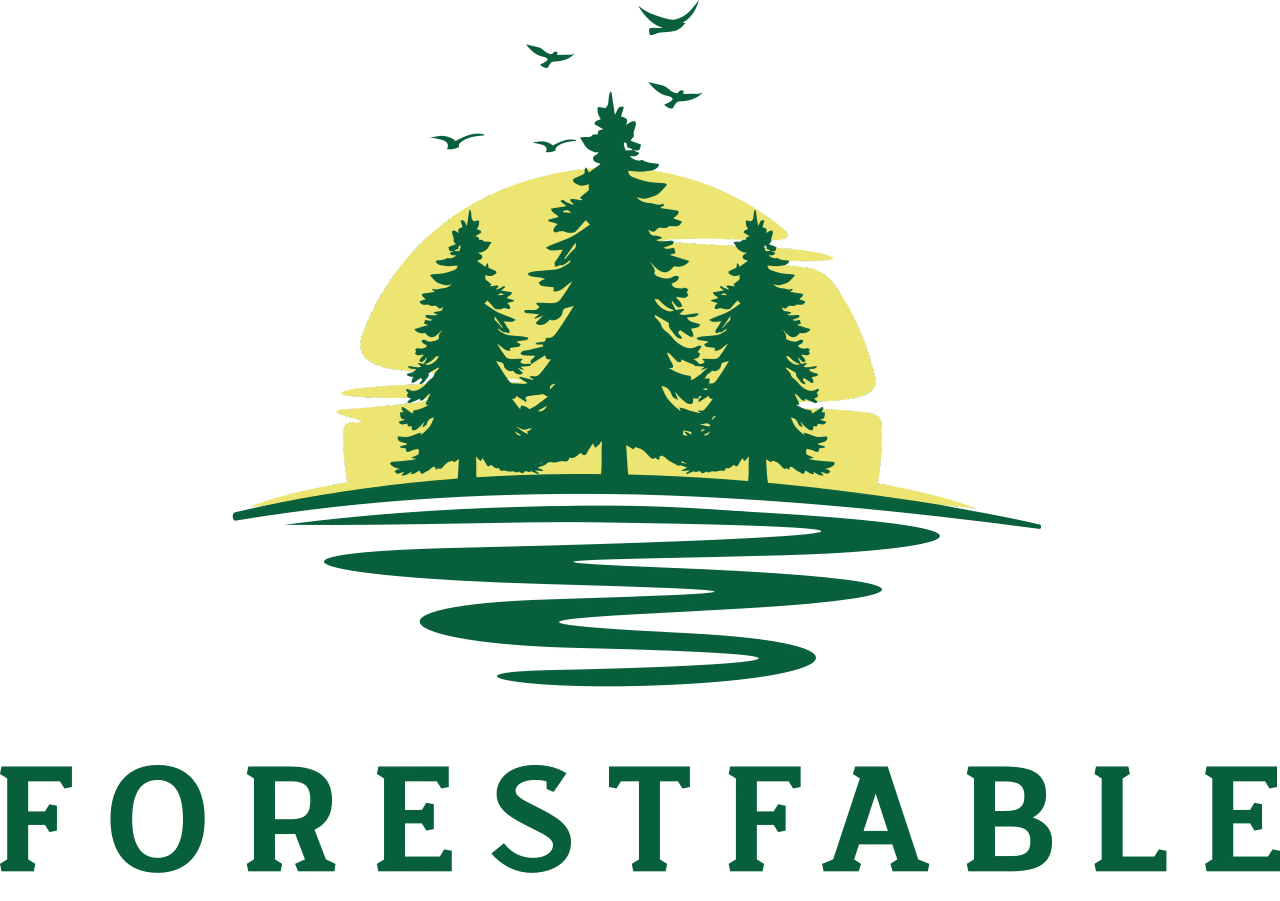Forests are the lungs of our planet, absorbing approximately 2.6 billion tons of carbon dioxide annually—about a third of the carbon emitted from burning fossil fuels—while housing 80% of the world’s terrestrial biodiversity. In the United States alone, forests cover over 750 million acres and sequester 866 million metric tons of carbon dioxide each year, equivalent to 16% of the nation’s annual emissions. Yet, these vital ecosystems face unprecedented challenges, from wildfires and climate change to economic pressures on landowners. Private philanthropy is emerging as a transformative force to protect and enhance family-owned forests, which account for 38% of U.S. forestland. By strategically investing in initiatives like the Family Forest Carbon Program (FFCP), philanthropists can unlock the potential of these lands, creating a ripple effect of environmental, social, and economic benefits. This article explores how private philanthropy can be a game changer for family forests and the planet, offering actionable insights for donors ready to make a lasting impact.
The Power of Family Forests
Family forests—privately owned by individuals and families rather than corporations or the government—are a cornerstone of America’s natural landscape. Spanning 290 million acres with an average holding of just 67 acres, these forests are stewarded by everyday Americans who balance economic needs with environmental stewardship. They provide over 90% of the nation’s domestically produced timber, support rural economies, and serve as critical carbon sinks. According to The Nature Conservancy, a mature family forest enrolled in programs like the FFCP can sequester carbon equivalent to the emissions from consuming 360,000 gallons of gasoline annually. When multiplied across thousands of small forests, the climate impact is profound.
However, family forest owners face significant barriers:
- Financial Constraints: Managing forests sustainably requires costly practices like thinning, reforestation, or wildfire mitigation, which many owners cannot afford.
- Access to Carbon Markets: High project development costs and complex requirements exclude small landowners from voluntary carbon markets (VCM), which could provide income through carbon credit sales.
- Knowledge Gaps: Many owners lack access to expert forestry advice, limiting their ability to implement science-based management practices.
These challenges underscore the need for innovative solutions. Private philanthropy, with its flexibility and patient capital, is uniquely positioned to bridge these gaps, empowering landowners to enhance forest health, sequester carbon, and contribute to global climate goals.
The Role of Philanthropy in Scaling Natural Climate Solutions
Philanthropic investment in family forests is not just about funding—it’s about catalyzing systemic change. Unlike government funding, which is often tied to strict regulations, or corporate investments, which prioritize returns, philanthropy can take risks, support innovation, and build trust in emerging markets like the VCM. The American Forest Foundation (AFF) and The Nature Conservancy’s FFCP is a prime example of how strategic philanthropy can transform family forests into climate powerhouses.
How Philanthropy Drives Impact
- Upfront Financing: Philanthropic dollars provide the initial capital needed to launch carbon projects, covering costs like forest management plans, monitoring, and verification. According to AFF, every dollar of philanthropic funding in VCM projects unlocks approximately $7 of corporate investment, creating a self-sustaining model.
- Building Trust: Early philanthropic support validates carbon projects, reassuring private investors and stabilizing returns. This trust is critical for scaling programs like FFCP, which now operates across 19 states.
- Enabling Innovation: Philanthropy funds research, technology, and program design, improving carbon credit integrity and project quality. For example, FFCP’s groundbreaking carbon accounting methodology reduces upfront costs for landowners while ensuring high-quality credits.
- Empowering Landowners: By subsidizing technical assistance and management plans, philanthropy equips owners with the tools to adopt sustainable practices, enhancing forest health and biodiversity.
Case Study: The Family Forest Carbon Program
Launched by AFF and The Nature Conservancy, the FFCP removes barriers for small forest owners by providing financial incentives, expert guidance, and access to carbon markets. Enrolled landowners receive annual payments, forest management plans, and professional support, enabling them to implement practices that boost carbon sequestration, improve wildlife habitats, and increase timber value. A Vermont landowner, Tim Stout, noted, “It’s astounding how much we, as landowners, can do with the expertise AFF provides.”
The program’s impact is measurable:
- Carbon Storage: Targeted management practices can nearly double a forest’s carbon storage potential.
- Scale: Operating in 19 states, FFCP engages thousands of landowners, with plans to expand further.
- Co-Benefits: Beyond carbon, the program supports biodiversity, water quality, and rural economies.
Philanthropic support has been pivotal in scaling FFCP, funding pilot projects and building infrastructure to attract corporate buyers. Donors like the Dreisbach family, who support AFF’s wildfire mitigation efforts in the Sierra Nevada, demonstrate how individual contributions can drive collective impact.
Why Philanthropy Is a Game Changer
The urgency of climate change demands bold action. The scientific consensus is clear: to avert catastrophic impacts, global emissions must be reduced by 45% by 2030 and reach net-zero by 2050. Forests, as natural climate solutions, can deliver up to a third of the carbon reductions needed by 2030. Family forests, in particular, are an untapped powerhouse, but their potential remains locked without sufficient investment.
Philanthropy is a game changer because it:
- Acts as Patient Capital: Unlike profit-driven investments, philanthropy can prioritize impact over immediate returns, funding long-term projects that align with climate goals.
- Fosters Collaboration: Initiatives like AFF’s Field to Forest Tour bring together public agencies, private corporations, and landowners to scale solutions like reforestation. The Field to Forest project, which transitions underutilized cropland into pine forests, aims to enroll 5,000 acres by 2025, with potential to activate 65 million acres across the Southeast.
- Addresses Equity: By supporting small landowners, philanthropy empowers rural communities, creating income streams and strengthening local economies.
- Drives Systemic Change: Philanthropic funding for research and policy advocacy ensures that solutions are scalable and sustainable, influencing legislation and market structures.
The Ripple Effect
The benefits of investing in family forests extend far beyond carbon sequestration:
- Biodiversity: Healthy forests support 80% of terrestrial species, preserving ecosystems critical for pollinators, wildlife, and soil health.
- Wildfire Mitigation: In the Western U.S., where wildfires are intensifying, philanthropy supports fuel reduction and reforestation, as seen in the Dreisbachs’ contributions to My Sierra Woods.
- Economic Resilience: Carbon payments and timber revenue provide landowners with financial stability, reducing pressure to sell land for development.
- Community Empowerment: Programs like FFCP foster a sense of stewardship, connecting landowners like the DeSeve family, who manage a 100-acre forest in Pennsylvania, to a broader climate movement.
How Philanthropists Can Get Involved
For philanthropists ready to make a difference, family forests offer a high-impact opportunity. Here are actionable ways to contribute:
1. Fund Carbon Market Access
Support programs like FFCP that enable small landowners to participate in carbon markets. Donations can cover:
- Enrollment Costs: Subsidize monitoring, verification, and management plans.
- Outreach: Fund communication campaigns to engage more landowners.
- Research: Invest in carbon accounting and technology to enhance credit integrity.
2. Support Wildfire Mitigation
In fire-prone regions, philanthropy can fund:
- Fuel Reduction: Practices like thinning and controlled burns, as supported by the Dreisbachs.
- Reforestation: Planting fire-resilient species to restore burned areas.
- Community Education: Programs that teach landowners sustainable management techniques.
3. Invest in Reforestation
Back initiatives like Field to Forest, which transform marginal cropland into carbon-sequestering forests. Philanthropic grants can:
- Scale Projects: Expand pilots to new regions.
- Support Landowners: Provide incentives for transitioning land use.
- Build Partnerships: Facilitate public-private collaborations to maximize impact.
4. Join Collaborative Networks
Engage with organizations like the Climate Leadership Initiative or ClimateWorks Foundation, which connect donors with high-impact climate solutions. These platforms amplify philanthropy’s reach by fostering peer learning and coordinated funding.
5. Advocate for Policy Change
Philanthropists can fund advocacy to strengthen legislation supporting family forests, such as Farm Bill provisions that provide disaster relief and conservation funding. AFF’s recent advocacy secured monumental support for landowners affected by hurricanes, demonstrating the power of policy influence.
6. Make a Monthly Commitment
Join AFF’s Giving Tree, a monthly giving program that ensures steady funding for conservation. Benefits include exclusive updates and branded gear, making it an accessible way to sustain impact.
Success Stories: Philanthropy in Action
The Dreisbach Family
Ron and Marianne Dreisbach, whose family has owned forestland in the Sierra Nevada since 1910, support AFF’s My Sierra Woods program. Their contributions fund fuel reduction and reforestation, reducing wildfire risk and benefiting the broader California community. “Much of the Sierras is under private ownership, and too often, owners are unaware of methods available to manage their land,” Marianne said. Their philanthropy bridges this gap, creating a win-win for landowners and the environment.
The DeSeve Family
In Pennsylvania, the DeSeve family enrolled their 100-acre forest in FFCP, driven by a passion for stewardship. With AFF’s support, they’ve implemented practices that enhance carbon storage and wildlife habitats, joining a movement of small landowners making a big difference. Their story highlights how philanthropy-funded programs empower families to leave a lasting legacy.
The Protecting Our Planet Challenge
Launched in 2021, the Protecting Our Planet (POP) campaign united 11 philanthropies, including the Bezos Earth Fund and Wyss Foundation, to pledge $5 billion for biodiversity conservation by 2030. A quarter of the funds have already been allocated, with a focus on forests and Indigenous-led conservation. While transparency concerns remain, POP demonstrates philanthropy’s potential to drive global impact.
Challenges and Opportunities
While philanthropy holds immense promise, challenges persist:
- Transparency: Large campaigns like POP face scrutiny over fund allocation. Donors should prioritize organizations with clear reporting, like AFF and TNC.
- Scale: Engaging millions of small landowners requires significant outreach and resources. Philanthropy can fund scalable models to accelerate enrollment.
- Equity: Ensuring that marginalized communities benefit from carbon markets is critical. Philanthropists can support initiatives that prioritize Indigenous and low-income landowners.
These challenges present opportunities for philanthropists to innovate, collaborate, and lead. By focusing on high-integrity projects and inclusive models, donors can maximize their impact.
Conclusion
Private philanthropy is a linchpin in the fight against climate change, offering the vision, flexibility, and resources to unlock the potential of family forests. By investing in programs like the Family Forest Carbon Program, supporting wildfire mitigation, and backing reforestation, philanthropists can drive transformative change for rural communities, biodiversity, and the planet. The stakes are high: forests could increase global carbon stocks by 139 gigatons—61% of the potential from enhanced forest growth—if we act decisively.
For donors, the call to action is clear: be the game changer. Whether through a one-time gift, a monthly pledge, or a strategic partnership, your contribution can empower family forest owners, protect vital ecosystems, and build a sustainable future. As Rita Hite, AFF’s President and CEO, said, “This potential does not get realized without partners—landowners, public and private actors, and philanthropists willing to roll up their sleeves.” Join the movement today, and help family forests become a cornerstone of our planet’s climate solution.




